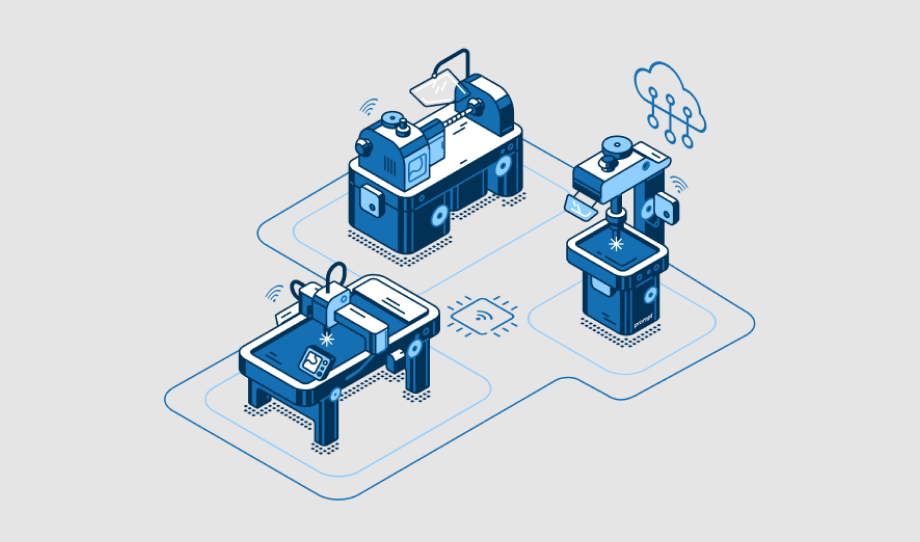How Big Data is Changing the Outlook of the Renewable Energy Sector?
The renewable energy sector is facing a significant transformation, and all credit goes to the power of…
Energy Harvesting and IIoT: Sustainability for the Industrial IoT
The world is encountering tremendous economic and ecological changes along with challenges. The futuristic technologies are…





